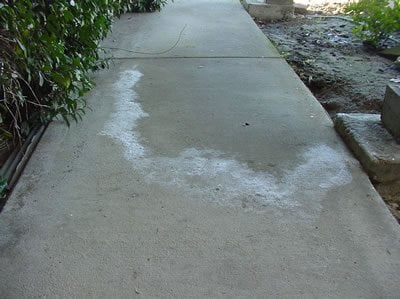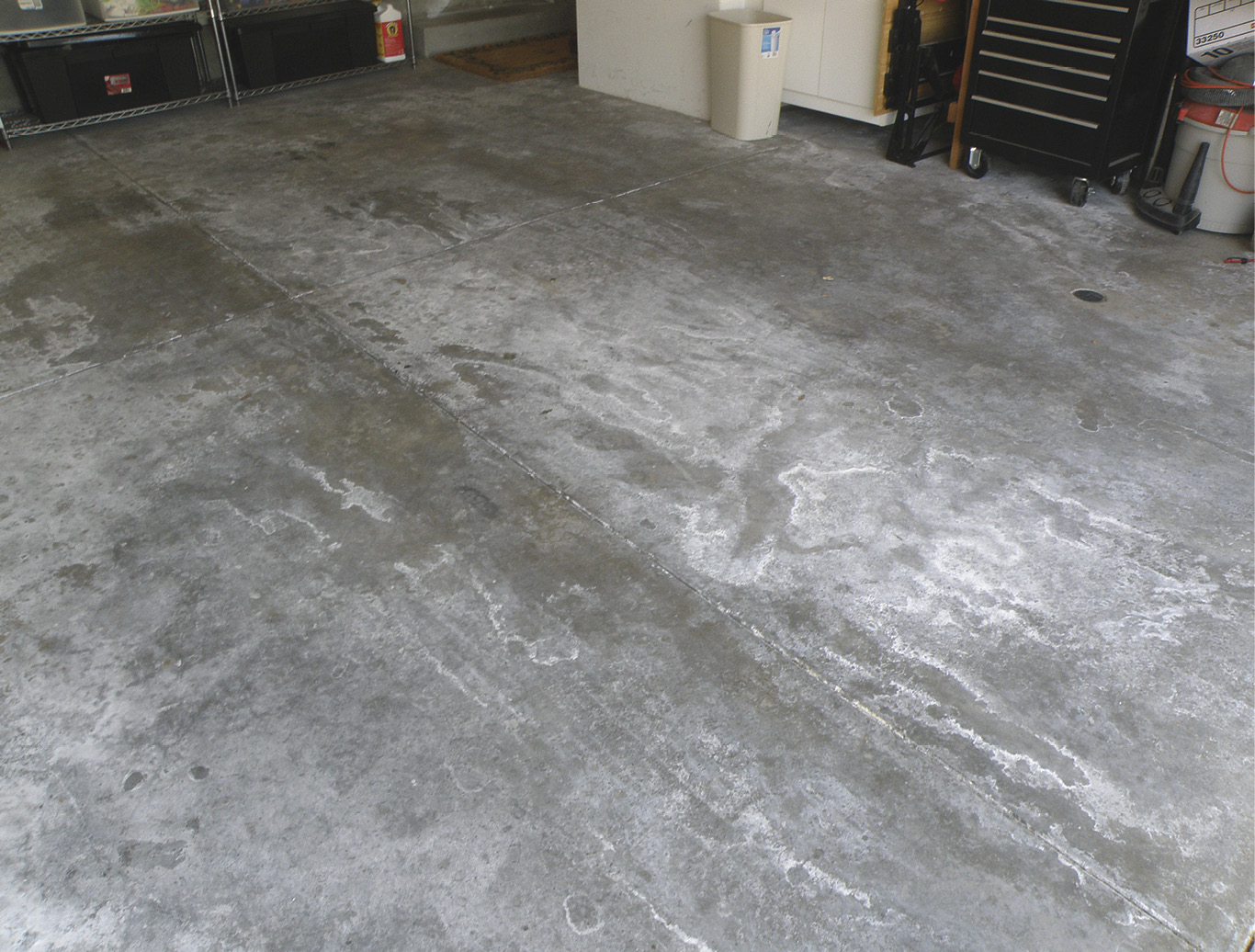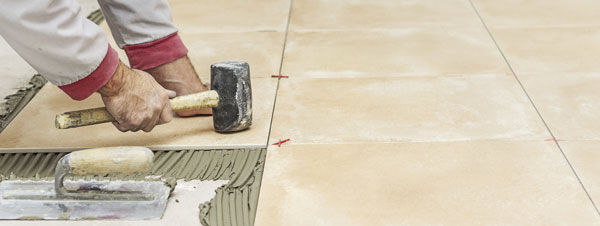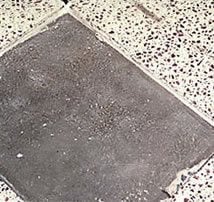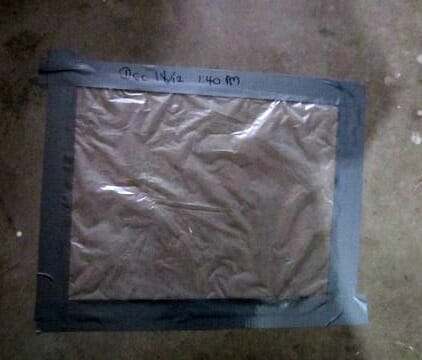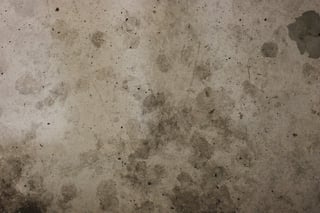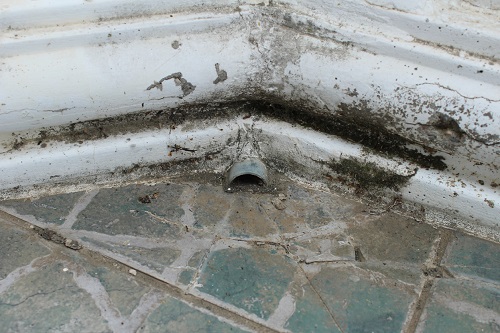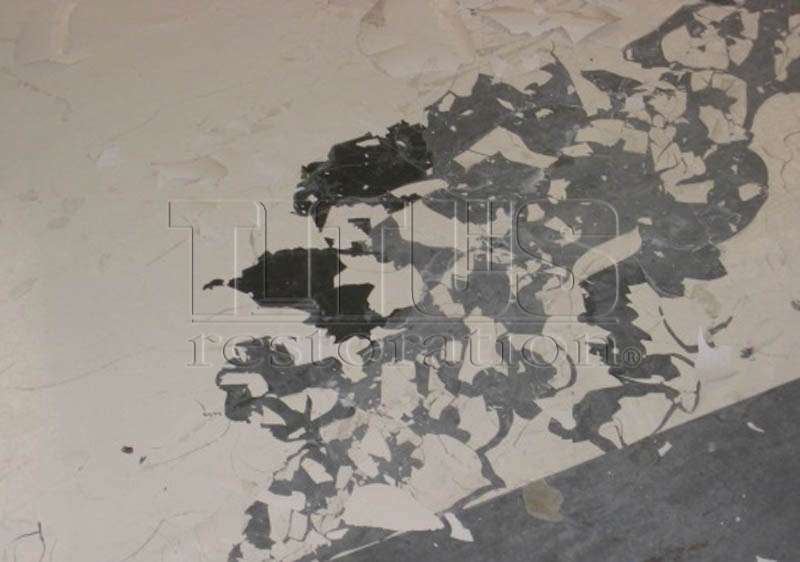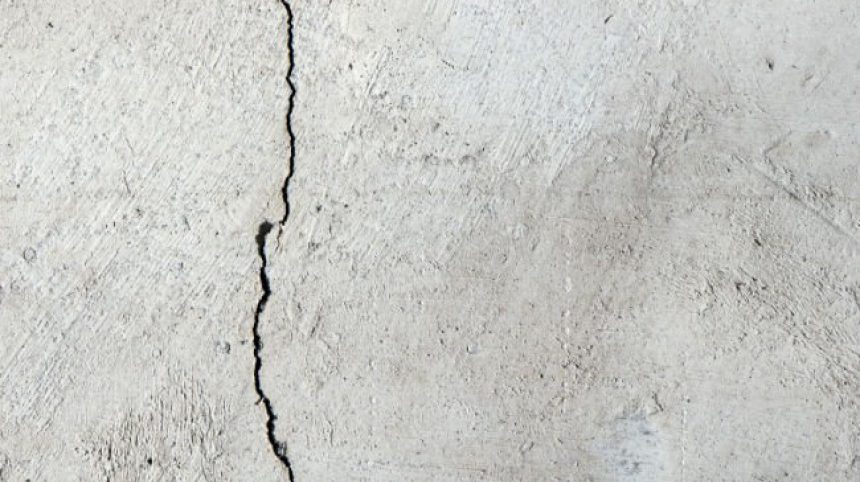Excess humidity and condensation can damage your garage s structure its flooring and finishes and can potentially harm anything stored within your garage as well.
Humidity causing moisture on sealed concrete garage floor.
Here s some of the reasons concrete sealer turns white.
On this base suitable prevention method or combination of methods are specified to cut the anticipated source of moisture in given concrete floor.
The moisture and heat stored in your garage can potentially seep into your home causing increased temperatures and humidity within your house.
To control the humidity you need to manage the conditions that are causing excess moisture.
This moisture will stay in the concrete until the moisture content of the air above the slab abates.
When flooring is installed and sealed too early and not given enough time to dry an excess of moisture is trapped inside the concrete.
The easiest method to control humidity is by controlling the temperature inside the closed space.
7 effective ways to remove humidity in a garage.
This water will try to evaporate leading to pressure buildup in the concrete below the flooring which can cause damage and deterioration of your material.
If the concrete patch that was sealed is completely dry and the rest of the floor is wet it is an indication of a sweating floor caused by humid air outside but if the patch is wet and the rest of the floor dry it is an indication of a moisture problem.
New concrete less than 28 days old has a lot of moisture in it.
Older concrete can absorb water from rain and humidity in the air plus moisture from the sub grade below.
Here s a list of seven most practical ways to remove humidity from your garage.
Humidity warm and humid air condenses into surface moisture when it comes into contact with the cool surface of your concrete floor or slab.
Faulty missing vapor barrier moisture from the ground can seep up and surface through the concrete if no vapor barrier has been installed or is faulty.
Free water in concrete and rising moisture from below concrete are the source of moisture.
Drywall mud paint and rainy or hot humid weather can cause high moisture contents indoors which will cause concrete to absorb moisture.
As it drys out and cures moisture evaporates up through the concrete into the air.
Factors that lead to moisture accumulation in concrete and subsequent related problems include fast track construction schedule which does not allow free water to evaporate naturally inadequate moisture protection and wet construction site.
Remove the taped plastic and assess the nature of wetness.
